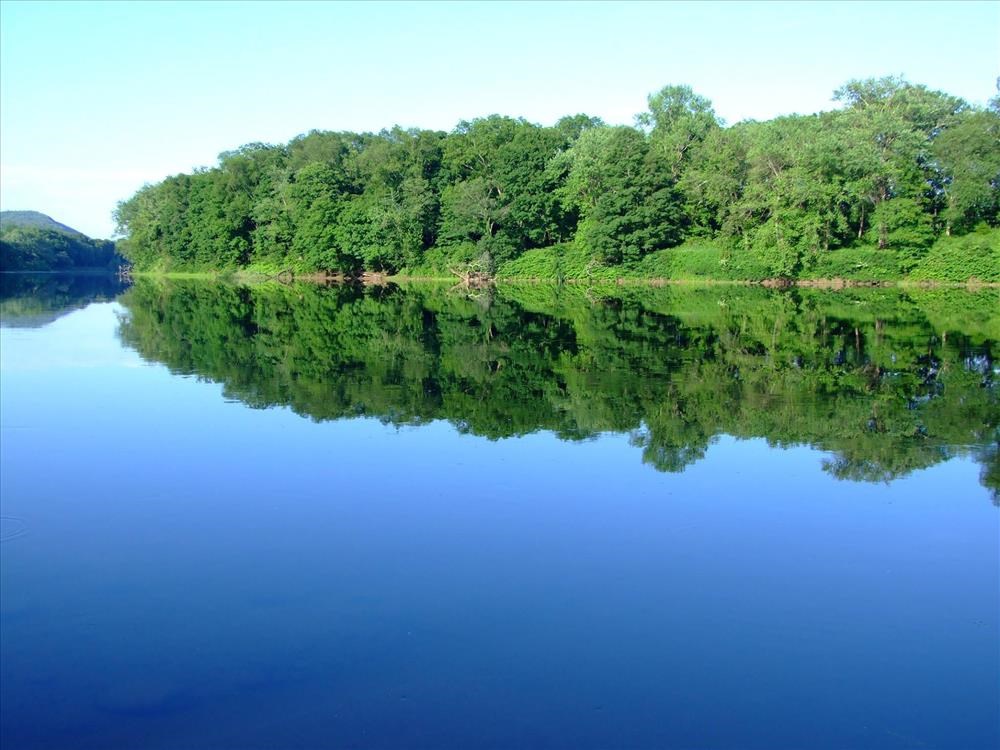Part of a series of articles titled Crystal Clear: A Call to Action.
Article
Crystal Clear: Installing Four Continuous Water Quality Monitors Near Delaware River Basin Marcellus Shale Development

NPS Photo
Background
The Delaware River’s superb water quality and natural resources are of primary importance to Upper Delaware Scenic & Recreational River and Delaware Water Gap National Recreation Area. As the last major river on the Atlantic Coast undammed the length of its main stem (330 miles), the Delaware provides important historic spawning and rearing habitat for sea-run migratory fish as found on few other rivers of this size in the United States. Migratory fish runs in the Delaware still comprise a vital part of biogeochemical cycles and provide an important link between river and marine ecosystems. The Delaware River Basin is at the intersection of the Marcellus Shale formation, the largest (at 95,000 square miles) natural gas field in the United States, and 197 miles of the non-tidal Delaware River, the longest reach of the Special Protection Waters (SPW) in the United States. The SPW regulations protect the water quality of the river within the park units from “measurable change except towards natural conditions.” Assessing whether “measurable change” occurs requires frequent or continuous monitoring, which will be provided by the newly installed multiprobe datasondes.Status
With the help of USGS staff, installation of three of the four water quality monitors was completed in 2012. The New York State Department of Transportation assisted with the Lordville installation. These stations all consist of data loggers and telemetry transmission electronics, satellite antennas, solar panels, regulators and batteries, equipment housing and deployment pipe, and multiprobe datasondes. With satellite telemetry, the stations now provide real-time data for core water quality parameters of dissolved oxygen, pH, specific conductance, temperature, turbidity, and depth at these locations year-round. Station operation is guided by USGS’s Techniques and Methods 1-D3 publication, Guidelines and Standard Procedures for Continuous Water-Quality Monitors: Station Operation, Record Computation, and Data Reporting. Park staff manages data using Aquarius software accessible through the NPS Water Resources Division’s license. The more technically challenging installation on the Delaware River at Montague, New Jersey, is in the process of being completed and will be managed by NPS Eastern Rivers and Mountains Inventory and Monitoring Network staff.Last updated: November 8, 2018
